
KNOWLE LOCAL HISTORY SOCIETY

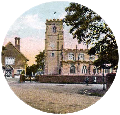

Grimshaw Hall
After 1765
After the Grimshaws left the hall, it was purchased by Thomas Willcox, probably from the Grimshaw family. Thomas Willcox lived at Grove Farm in Jacobean Lane, whilst his brother, William, occupied Grimshaw Hall. The family farmed there themselves until about 1870 and then let the property. According to one of their descendants, Rosie Hinks, the Willcox’s were hopeless with money and left a trail of penniless widows. The family owned the hall until 1885, after which it was divided between seven children, none of whom could afford to acquire it outright. William Jnr. Had already bought Far End in 1871; Yew Tree Farm in Kixley Lane was built with one seventh share. Another share built Grimshaw House, the Hinks’ house on the corner of St. John’s Close and Station Road and the adjoining cottages. Some of the furniture at Grimshaw House had come from Grimshaw Hall.
The house then passed through various owners, including Joseph Gillott, the famous Birmingham pen nib manufacturer. Gradually Grimshaw Hall deteriorated: itecame covered with creeper and was eventually divided into several separate dwellings. It was beautifully restored by Mr. J. W. Murray in 1913. In Winter, the house can be just seen through the bare trees from Hampton Road. In 1927 Queen Mary paid a visit, staying for a cup of tea. The cup and saucer were left to the Hall as a memento, but were taken away by a later owner.
The Southalls arrived in 1955. They sold Grimshaw Hall in 2000, since when it has had several owners.
Grimshaw Hall covered with creeper, early C20th
The hall in 1970.
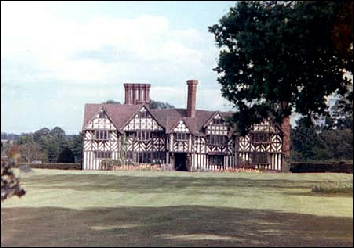
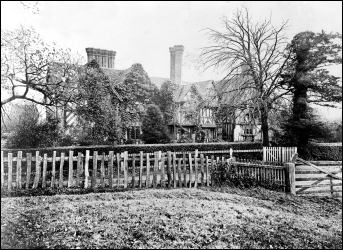 Click here for Grimshaw Hall 1560 - 1765
Click here for Grimshaw Hall 1560 - 1765
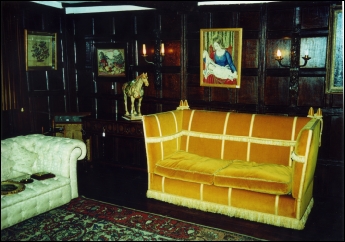
The rear of the house, 2000
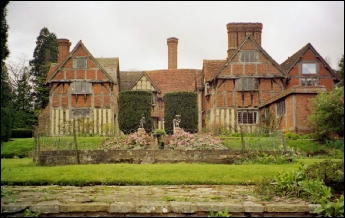
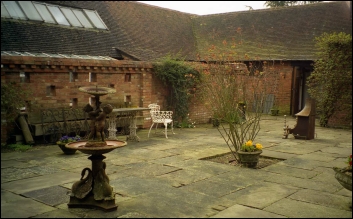

The rear courtyard, 2000
Above: interior panelling, 2000
Right: interior timbering, 2000
| The Church |
| The Guild House |
| The Red Lion |
| Paterson Court (Old School) |
| Milverton Farm (Petrol Station) |
| Kixley Lane Cottages |
| Far End & The Cottage |
| Milverton House & Milverton Crescent |
| Berrow Cottage Homes |
| Wilsons Row |
| Knowle Library (Chester House) |
| Greswolde Arms Hotel |
| Grimshaw Hall 1560 - 1765 |
| Grimshaw Hall After 1765 |
| Malthouse Row (Nos 19 to 25) |
| Eastcote Ford |
| The Wilson Arms |
| Artillery Cottages |
| Knowle Lodge (Knowle Surgery) |
| Jobs Close |
| The Olde House |
| Knowle Picture Playhouse (Johnsons Cars) |